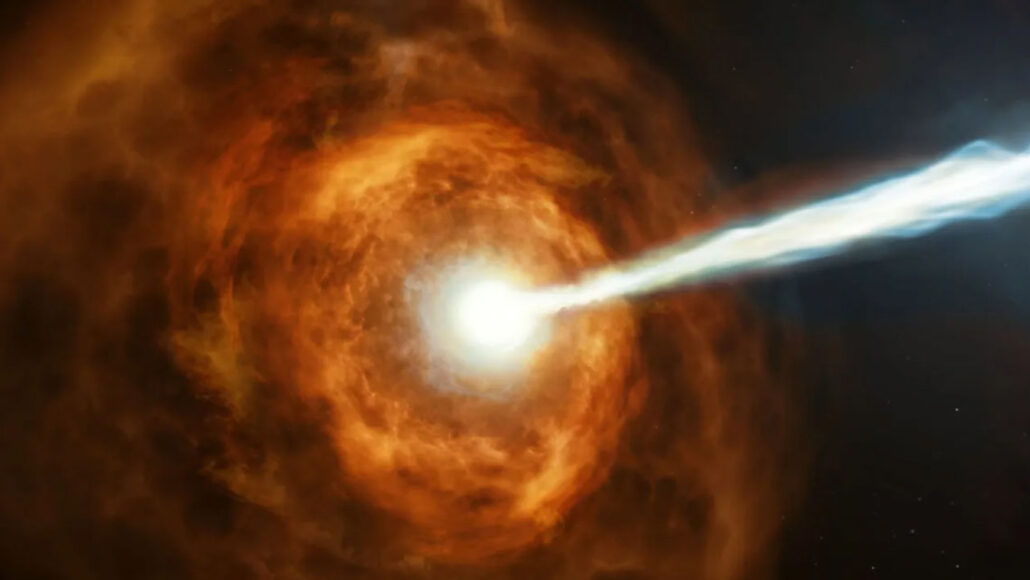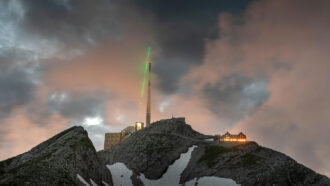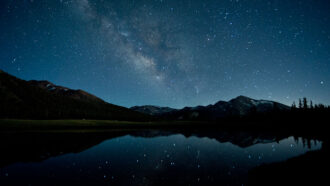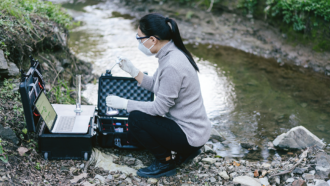
Physics
Scientists Say: Gamma ray
Lightning bolts, nuclear explosions, colliding stars and black holes all throw off this high-energy type of light.
Come explore with us!

Lightning bolts, nuclear explosions, colliding stars and black holes all throw off this high-energy type of light.

The rainbow palette and cooling powers of new plant-based films comes from their microscopic surface patterns of tiny crystals.

In a mountaintop experiment, a laser beamed at the sky created a virtual lightning rod that snagged several bolts.

Concussions change certain brain waves, and delta waves may be the best signs of when teens can return to competitive sports.

Keeping buildings cool can use a lot of energy. Thanks to quantum computing, engineers designed a coating to cut the warming light that enters windows.

During a concert, people danced more when they were bathed in sounds that were too low for their ears to hear.

Access to the internet is a human right, yet much of the world can’t get online. New tech has to be affordable and usable to end this digital divide.

Tiny spectrometers might someday show up on smart devices. They could help people scan for ingredients or contaminants in foods and other materials.

Energy, mass and the cosmos' structure evolved a lot over the past 13.82 billion years — much of it within just the first second.

Ultraviolet light, sulfite and iodide break down these PFAS molecules faster and more thoroughly than other methods.